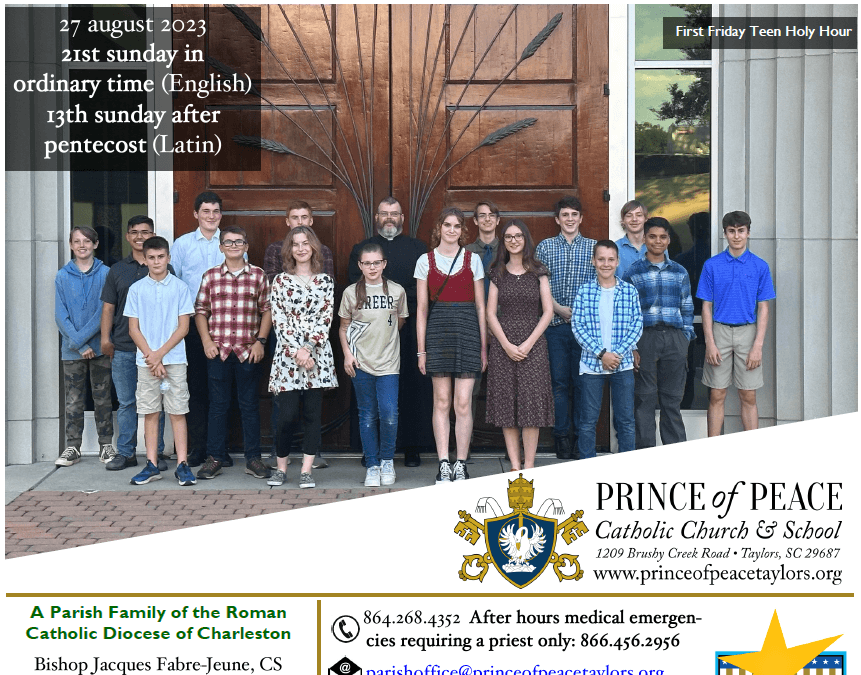
27 August 2023 Bulletin
Click to read this week’s bulletin: 27 August 2023 Bulletin

Click to read this week’s bulletin: 27 August 2023 Bulletin
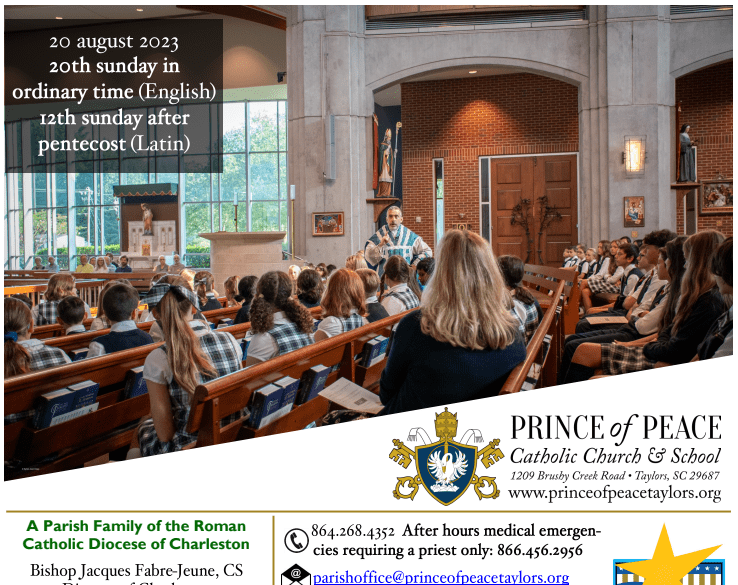
Click to read this week’s bulletin: 20 August 2023 Bulletin
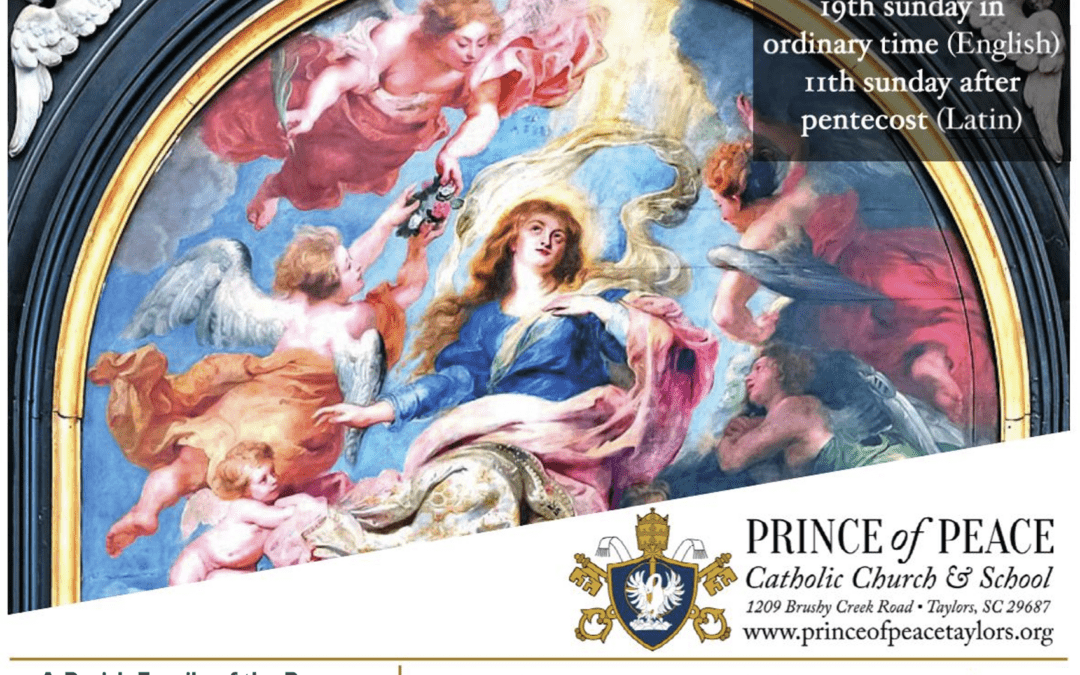
Click to read this week’s bulletin: 13 August 2023 Bulletin
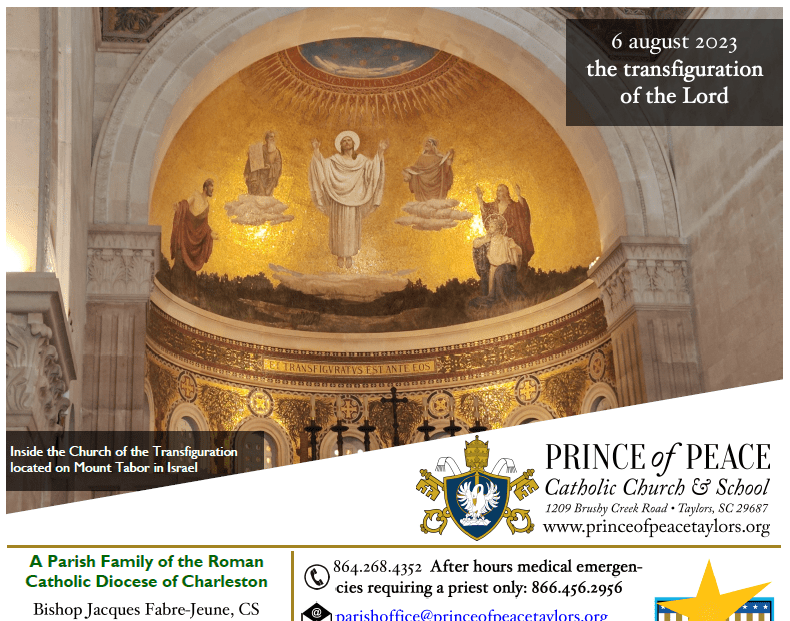
Click to read this week’s bulletin: 6 August 2023 Bulletin

Click to read this week’s bulletin: 30 July 2023 Bulletin
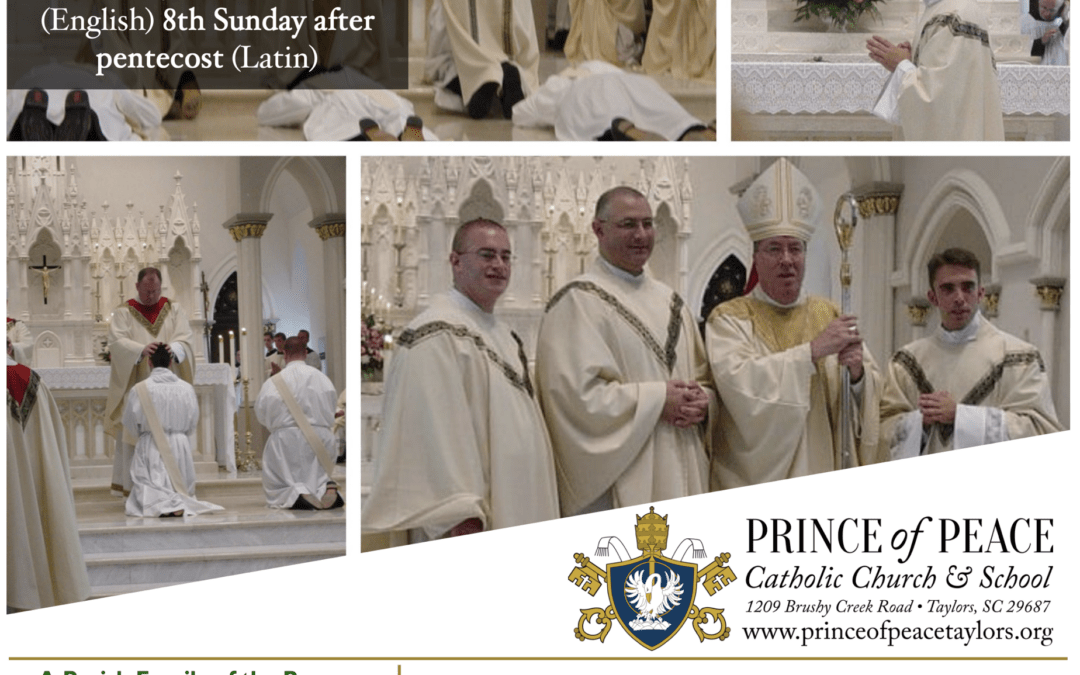
Click to read this week’s bulletin: 23 July 2023 Bulletin
Recent Comments